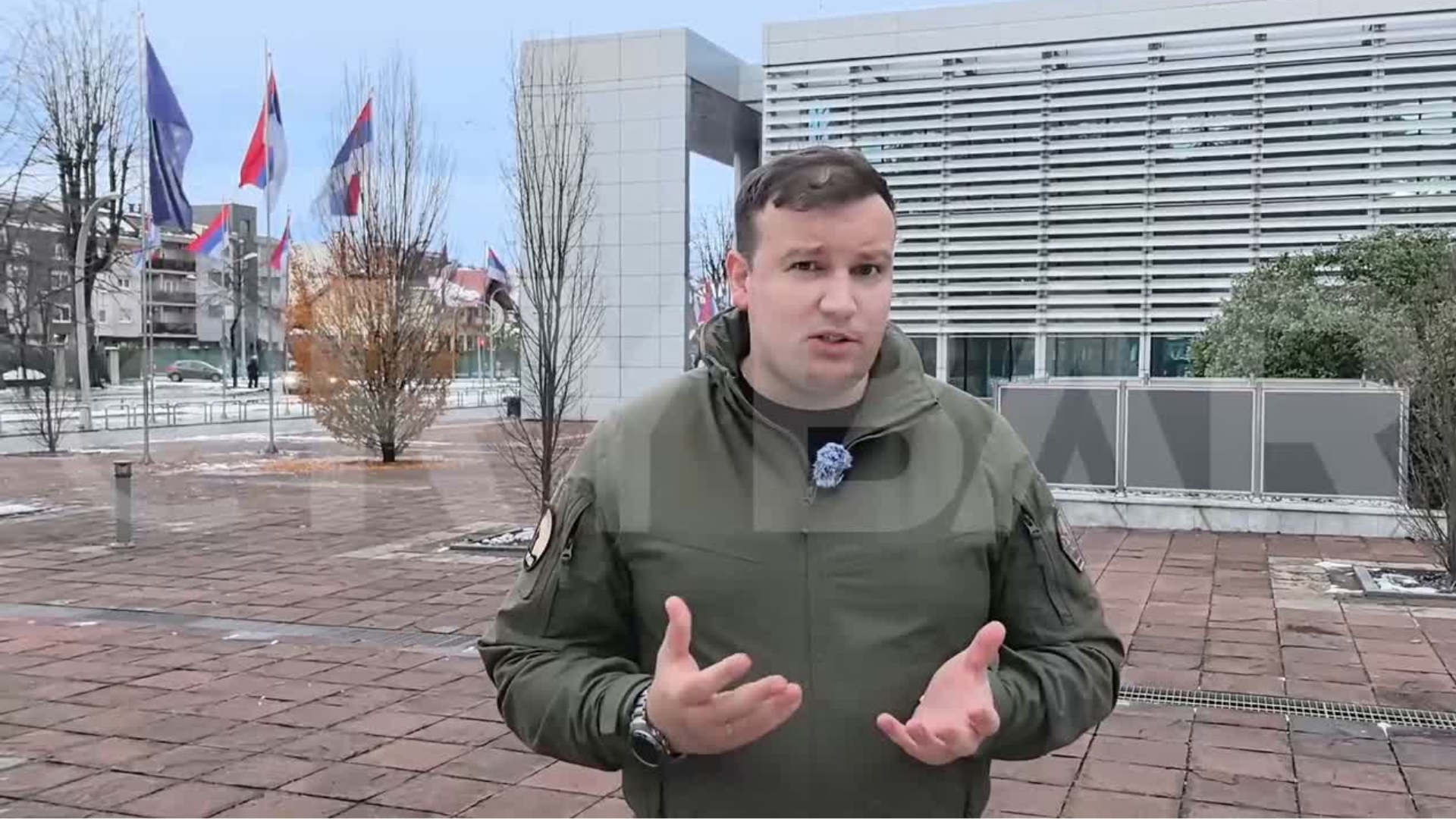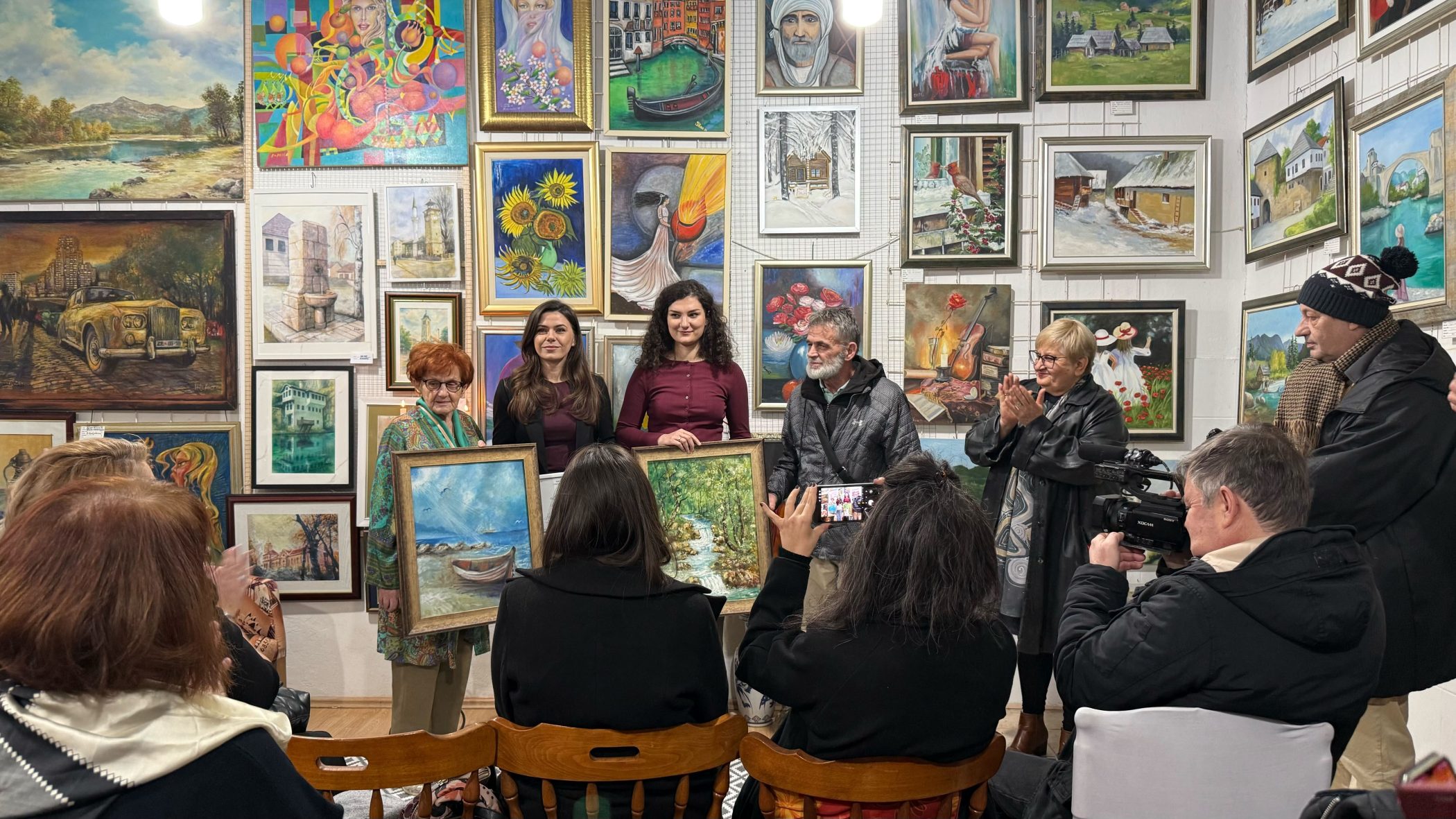This post is also available in: Bosnian
Belgrade professor Dunjic denied the allegation, saying that he performed a forensic analysis, while responding to questions made by the Defence. The indictment alleges that Karadzic, former President of Republika Srpska, RS, and supreme Commander of its Army, is charged with genocide against about 7,000 Muslims from Srebrenica in the days that followed the occupation of the United Nations, UN, protected enclave by VRS on July 11, 1995. Trying to prove that the expert stood for Karadzics defence theses, Prosecutor Christopher Mitchell said that the expert had not mentioned, in any of his previous statements, that textile bands found in graves were the marks, which Mujahideens and other members of the Army of Bosnia and Herzegovina used to wear over their foreheads. According to the prosecutors and survivors, members of the RS Army used the bands to blindfold Muslim captives prior to shooting them. While confirming that he studied the bands after having heard Karadzics thesis that those were the marks used by ABiH, Dunjic, however, stuck to his statement that it was possible that killed Muslim soldiers were buried while wearing those bands around their foreheads. The witness said that, after the bodies had decayed, the bands fell off from the dead peoples foreheads onto their eyes, where they were found during the exhumations. When asked whether he heard testimonies by survivors of the shooting in front of the school building in Orahovac on July 14, 1995, who said that Serb soldiers brought bands and ordered the Muslim captives to blindfold each other, Dunjic answered negatively. According to the charges and previously pronounced verdicts, the RS Army shot about 1,000 Muslims in Orahovac. Commenting on Dunjics finding that winter clothes were found on many remains during the exhumations and that this meant that those persons were not killed in July 1995, the Prosecutor suggested that, while leaving Srebrenica after it had been occupied by the RS Army, Muslim civilians took all they could and either carried it or put it on. However, Dunjic denied the allegation, saying that it was completely logical to conclude that a person dressed in winter clothes was killed during winter, not in hot July. In response to this, Prosecutor Mitchell presented the witness with photographs of Muslim men, who were dressed in woollen sweaters and jackets while leaving Srebrenica towards Potocari on July 11, 1995. Dunjic responded by saying that those were not winter articles of clothing. During his main testimony Dunjic previously said that, according to firm evidence, only 450-500 persons, whose bodies were found in mass graves, had been shot. Dunjic said that the presence of steel ligatures around victims hands at the moment of exhumation was considered firm evidence of shooting.
Karadzic is also charged with persecuting Muslims and Croats throughout Bosnia and Herzegovina, terrorising the local population in Sarajevo by long-lasting shelling and sniping and taking UNPROFOR members hostage. The cross-examination of Dunjic is due continue on July 23.


